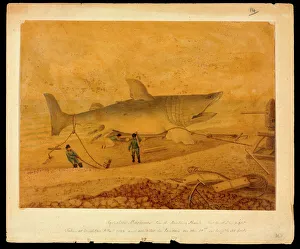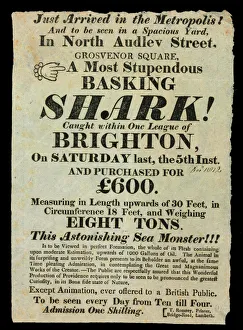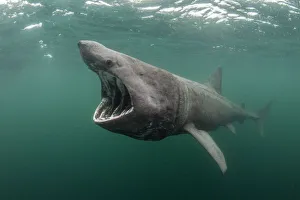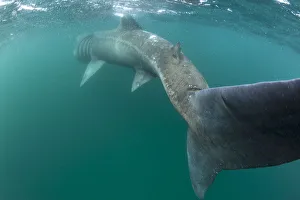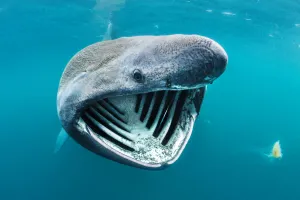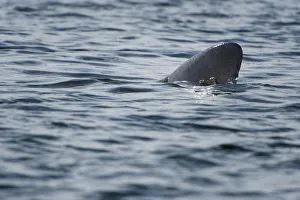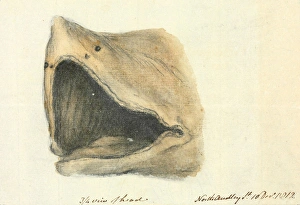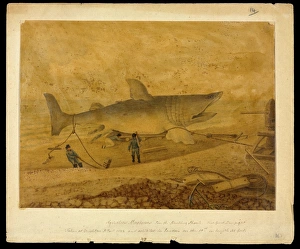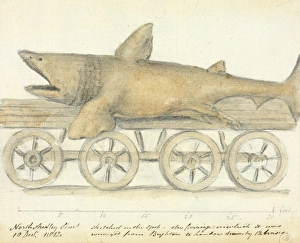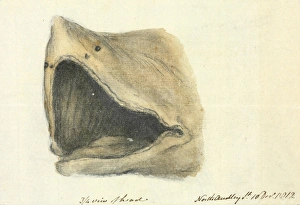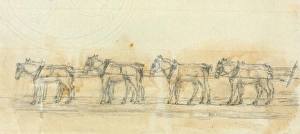Cetorhinidae Collection
The majestic Cetorhinidae, also known as the Basking shark (Squalus maximus), has captivated observers for centuries
All Professionally Made to Order for Quick Shipping
The majestic Cetorhinidae, also known as the Basking shark (Squalus maximus), has captivated observers for centuries. On a fateful day in Brighton, on December 5th, 1812, an extraordinary sighting occurred - a most stupendous Basking shark was caught within one league of the shore. Its sheer size and presence left spectators in awe. These gentle giants are often seen feeding at the surface on plankton, as witnessed near Cairns of Coll. A remarkable rear view reveals their massive frame gracefully gliding through the water while indulging in their favorite meal. The dorsal fin of a Basking shark emerges from the surface like a sentinel guarding its underwater realm. From Scotland's Inner Hebrides to Cornwall's open waters, these magnificent creatures continue to mesmerize with their impressive feeding habits. With mouths wide open and jaws ready to filter out plankton concentrated in surface waters, they demonstrate nature's ingenious design. Even artwork from the 19th century pays homage to these captivating beings. Their portrayal showcases their grandeur and evokes a sense of wonder that has endured throughout time. The Cetorhinidae family holds secrets yet to be fully unraveled by science but remains an emblematic symbol of marine biodiversity and conservation efforts worldwide. As we marvel at these incredible creatures' existence, let us strive to protect them and ensure future generations can witness their splendor firsthand.

